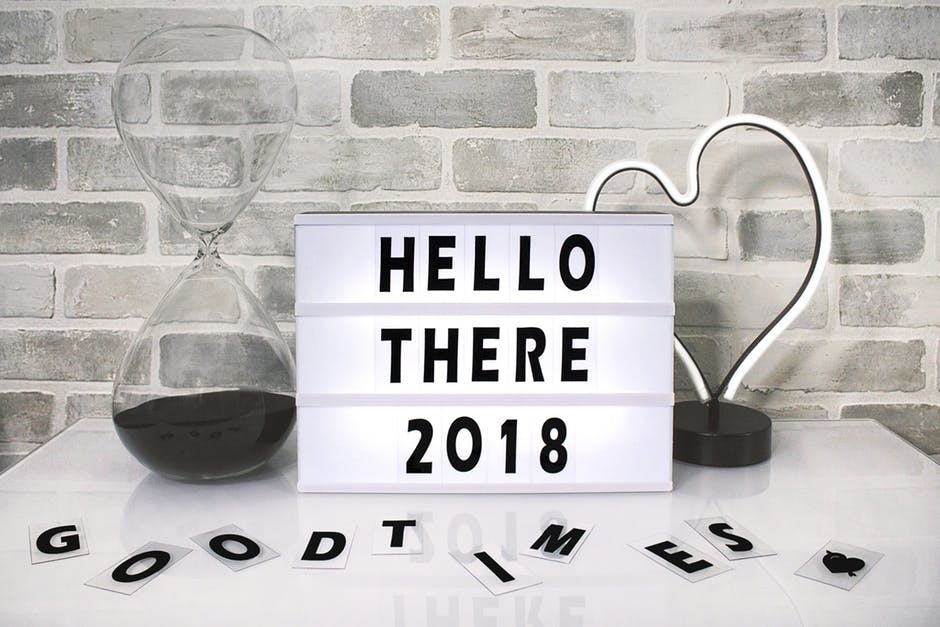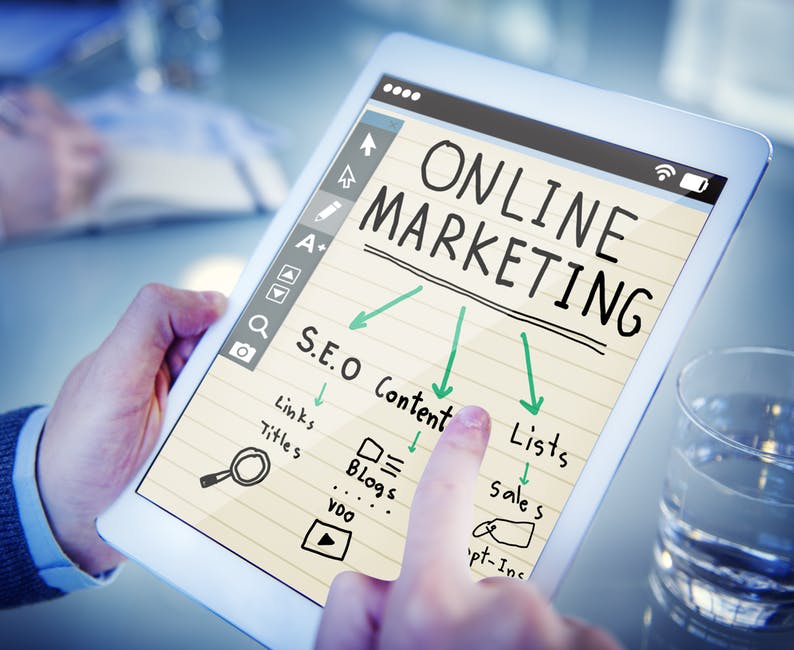The Impact of Color on Your Website’s Design
With everything becoming more and more visual, color probably sits in the very middle of it. In web design, this means a lot considering how colors can affect users in a lot of ways in terms of engaging with the website. In this article, we are going to understand how color impacts your website’s design as well as knowing which ones to use.
The Psychology of Color
The main foundation for this inquiry is color psychology. We already know that the use of color obviously affects almost everyone. So let us understand why.
In its most basic definition, Color Psychology is the science of how color affects human behavior. So it is not a surprise to know that it is just one of the branches of a broader field of behavioral psychology.
Now let us take this to statistics. In a research made by Satyendra Singh, it is found out that color plays an influence of at least 62-90% in the mere 90 seconds a customer forms an opinion about a product. What this means for web design, most especially for those who sell products and services, is that color greatly affects conversion rates. Therefore, color is critical!
You don’t think that Facebook is color blue just because Mark Zuckerberg likes it. Amazon is orange not because one of its founders like the fruit. And lastly, Google is not simply white because it just feels like it.
What we are trying to say is that behind every successful websites’ web design considered color as one of its important choices. So let us delve deeper into that and identify some color psychology that may be helpful to you.
Where to Use Colors
Before anything else, let us first identify the parts of your pages where the use of color is very important. This is to give you a good visual of how to put it all together once you know this.
- Pop-ups
- Borders
- Headlines
- Background hues
- Primary web banners or hero graphics
- Buttons, especially call for action
What Colors to Use
Now, let us identify what colors to use on your website to make it more appealing according to the purpose you want to be achieved.
Blue
Blue is a good color to foster user’s trust. This explains why Facebook, even how toxic it may seem sometimes, has garnered a lot of users. It is the color most associated with peace, order, loyalty, calm, and trust.
Orange
Orange creates a sense of urgency, which could also be impulsive. It stimulates physical activity, competition, and confidence. So you can understand why Amazon often leads you to shop more than you should.
Black
Some descriptions attached to the color black is luxury and value. It even reaches the point where the darker the tone, the more luxurious it feels. Black exhibits elegance, sophistication, and power. You can notice this on a number of high-end websites and products, usually cars and jewelry.
White
White can be associated with freedom, spaciousness, and breathability. The use of white space has become a go-to for much of modern contemporary designs due to its psychological association with liberation. So it is also a good color to compliment other bright ones as it can make everything seem orderly and not crowded and overwhelming.












